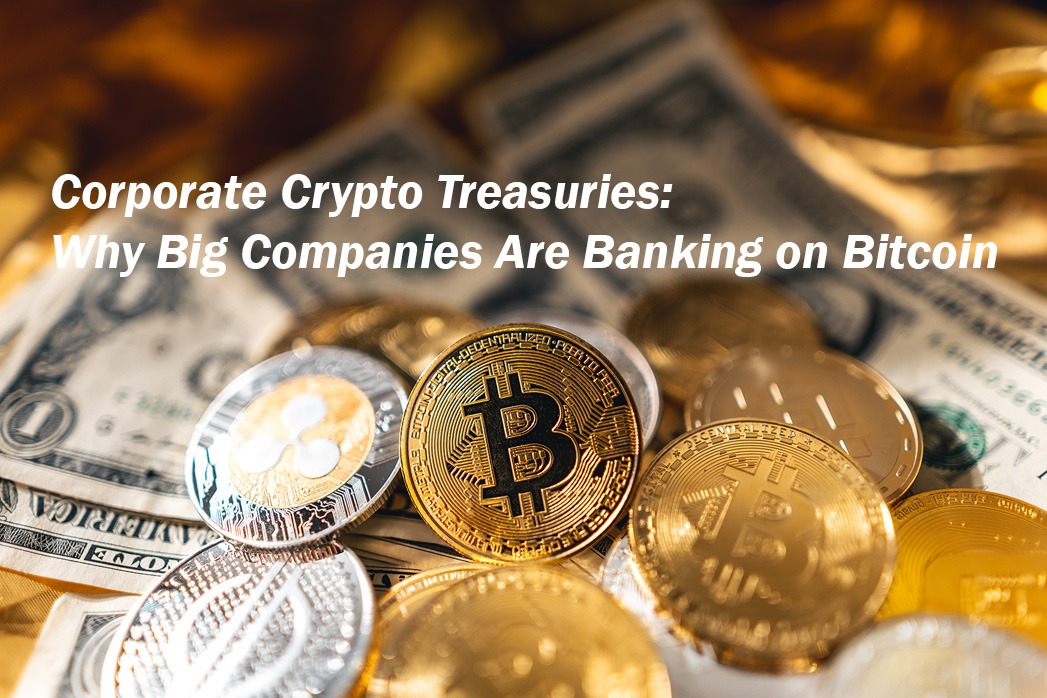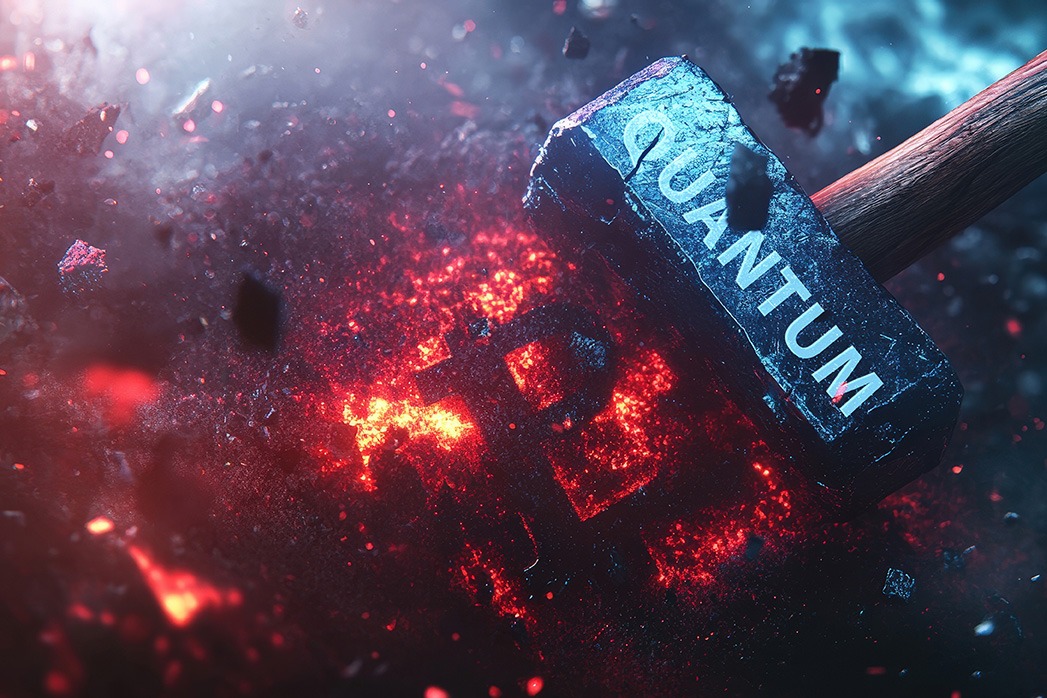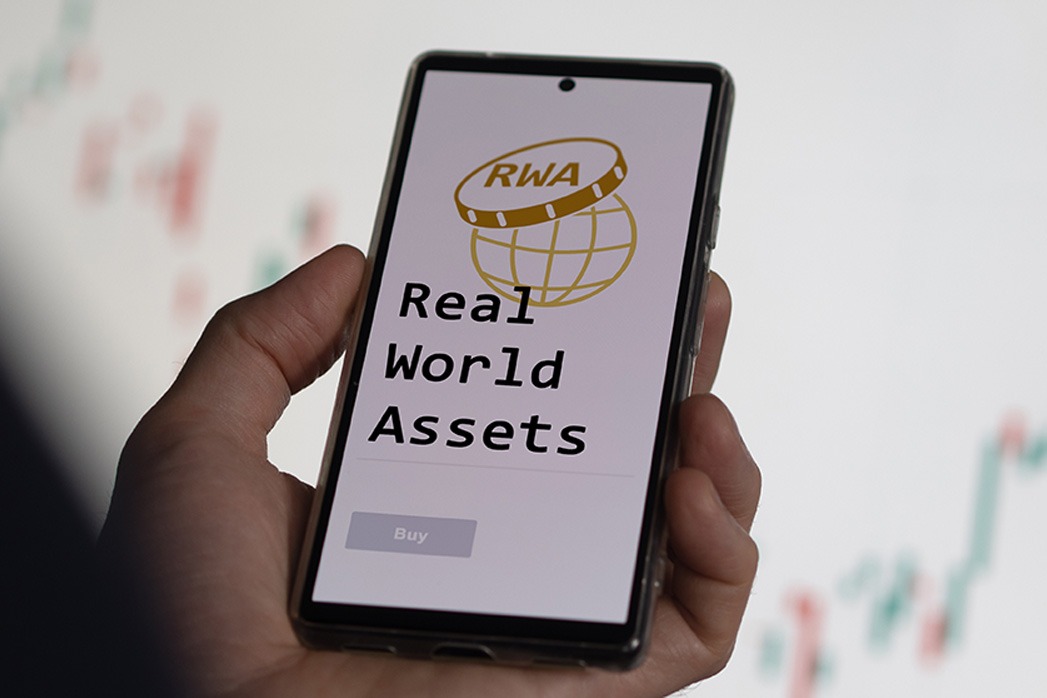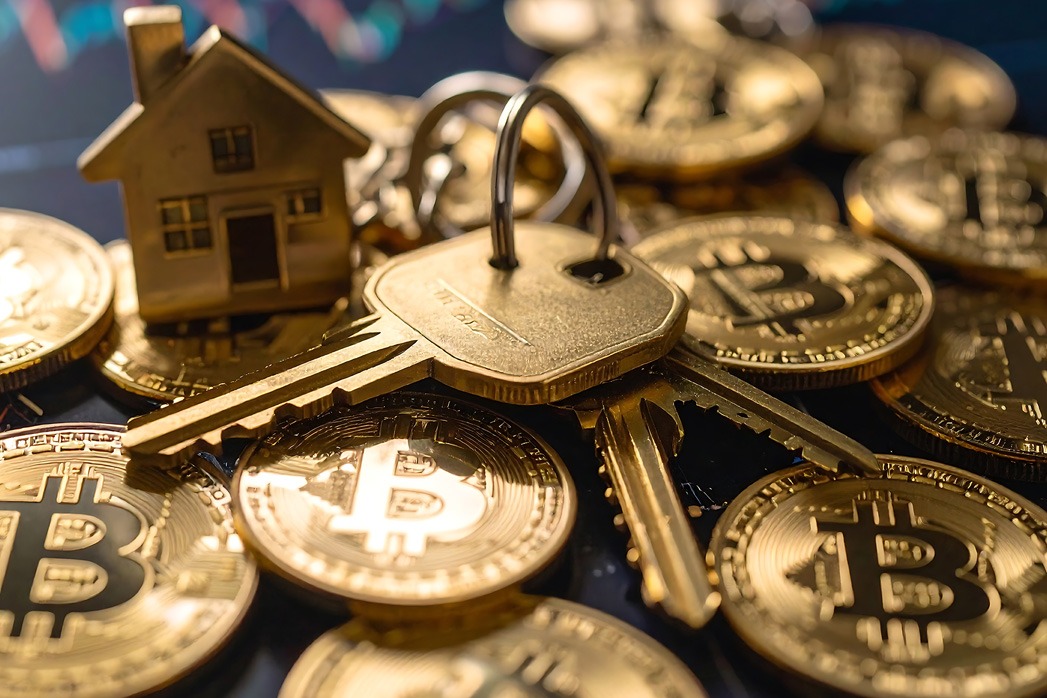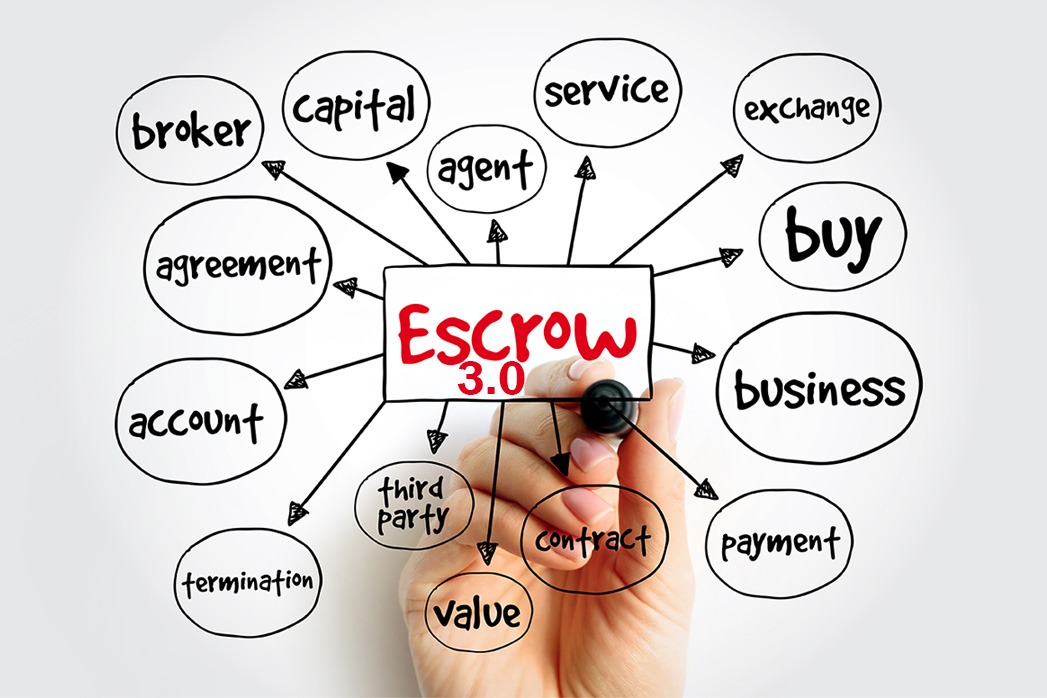The AI Blockchain Alliance: Could AI Tokens Redefine Crypto?
“AI tokens aren’t just another asset class — they’re building the infrastructure of the next digital economy.” – DNA Crypto Knowledge Base.
Artificial Intelligence isn’t just joining the crypto movement — it’s reshaping it. What began as a handful of experiments has evolved into one of the fastest-growing sectors in digital assets, aiming to define the next chapter in blockchain.
Learn more: How AI and Crypto Are Converging.
From Curiosity to Market Powerhouse
Two years ago, the AI crypto sector was valued at $2.7B. Today, it exceeds $36B — a thirteenfold leap. This isn’t slow adoption. It’s acceleration.
-
BitTensor (TAO) surged in 2025, trading above $425, proving the demand for AI-enabled networks.
-
The real draw, however, isn’t price speculation but functionality: data marketplaces, decentralised compute, and autonomous systems.
-
Related: Tokenisation and Digital Assets
-
What Makes AI Tokens Different
Unlike meme coins or cloned DeFi projects, AI tokens power real infrastructure:
-
– Secure exchanges for AI data
-
– Autonomous systems requiring minimal oversight
-
– Incentives for unused compute power
This makes AI–Blockchain collaboration more than a passing trend. It’s about creating functional, scalable ecosystems.
-
-
When the Big Players Join Forces
In one of the most significant shifts yet, SingularityNET, Fetch.ai, and Ocean Protocol merged into the Artificial Superintelligence Alliance (ASI).
This isn’t just a partnership — it’s a consolidation of technology, capital, and community. By pooling resources, they aim to accelerate the race toward advanced AI–Blockchain systems.
Read: Institutional Adoption of Tokenisation
“Alliances may prove more important than competition in building the AI–Blockchain economy.” – CoinDesk Policy Brief, 2025
-
Spotlight on the Rising Stars
-
– Dawgz AI – decentralised platform using ML to optimise trading and staking; raised nearly $1M pre-launch.
-
– Ocean Protocol – data marketplace for AI development.
-
– Render Network – decentralised GPU power for AI compute, 3D rendering, and gaming.
-
– Oasis Network – privacy-first infrastructure for AI and blockchain integration.
Together, they form an interconnected AI–Blockchain stack.
-
-
Explore: Blockchain Infrastructure for AI
-
Promise and Peril
AI tokens are volatile. Regulation is still forming. Technology is evolving fast. Yet institutional signals matter: BlackRock’s interest in tokenised AI funds shows traditional finance sees the opportunity.
The bigger question: will AI tokens complement crypto, or replace much of it?
-
The Bigger Picture
AI tokens can be traded, staked, governed, processed, and even run autonomous markets. They blur the lines between infrastructure and investment.
The AI–Blockchain alliance is not background noise — it’s becoming the main event. The fusion of these technologies may define not just cryptocurrency’s future, but finance’s as well.
-
Image Source: Envato stock
Disclaimer: This article is purely for informational
purposes. It is not offered or intended to be used for legal, tax, investment
or financial advice.



